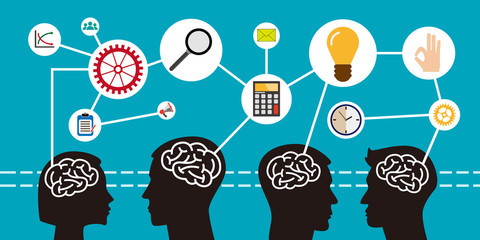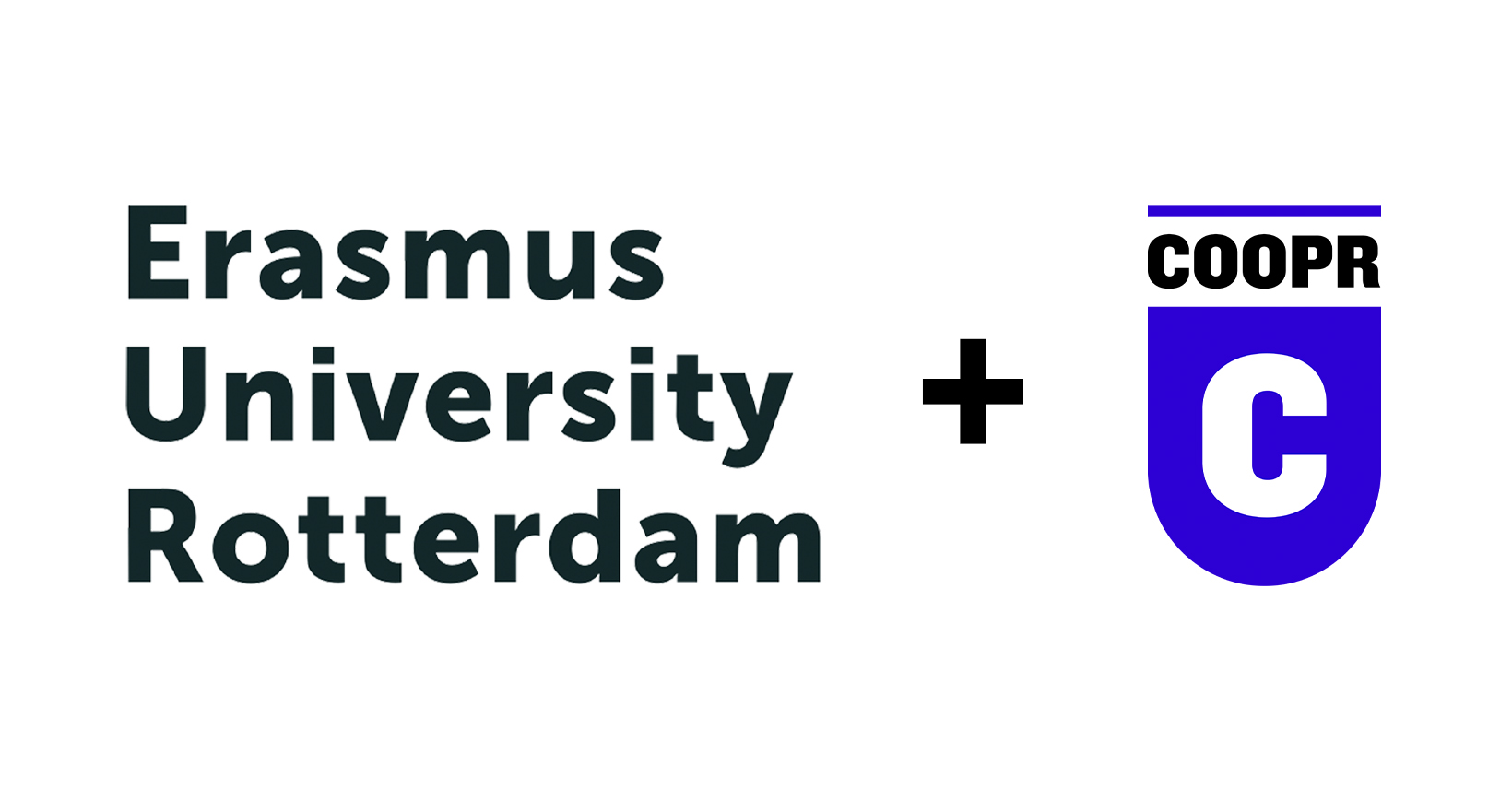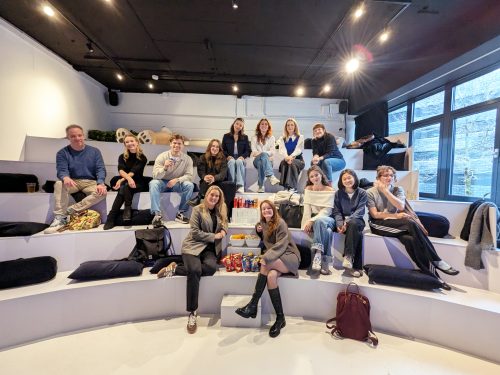Creativity & Brainstorming in PR: Can everyone be creative?
At our third meeting at the Coopr Academy, the focus was on being creative and understanding how original and astute content can be truly pivotal in the field of public relations. I must admit, I was pretty excited for this session.
But what does creativity really mean? And can everybody be part of the creative process? After all, many of us have the habit of either labeling ourselves as creative or thinking we do not possess some congenital ability that allows us to be inventive enough.
On Thursday, Dorieke, Arusha, and Marieke helped us shed some light on the matter, and to understand exactly how creativity fits in Coopr’s model.
The evening began with getting to know each other a little bit better. In small groups, we attempted to find something we had in common with each other, which – surprisingly enough – was a rather difficult task. Did three people in the group have a sister? One had a brother. Did everyone consider pizza their favorite food? One person preferred Indonesian. In the end, however, every group managed to find some common ground, which resulted in three groups: The Geeks, who enjoy Harry Potter and Star Wars and don’t really watch sports; The Foodies/Sportsy People, who love to cook, eat and practice sports; and the Spain fans, which is pretty much self-explanatory.
While it was quite the struggle, finding common traits was quite important. Firstly, your own experiences always inform who you are and how well you can work in your team. Secondly, it introduced us to the concept of brainstorming, which is crucial when it comes to the creative process at Coopr.
But let’s take a step back and start at the beginning: what exactly is creativity? Of course, it can mean something quite different to everyone, since – the way I see it – it often can be an external representation of who we are as individuals. However, we can define it as the ability to be innovative, to create new things, and to come up with new ideas to solve problems. When it comes to PR, ideas are the ground on which we build strategies: which sparks of creativity can be fueled into effective and meaningful strategies?
The fun aspect of this process, in my opinion, is that these ideas can be massive and brilliant, yes, but they can also be small and yet smart concepts. It is not just about coming up with new notions: it can be about finding new perspectives or re-inventing something that has already been established. And, most importantly, everybody can be part of the process: creativity is incredibly multifaceted and dynamic, and it is indeed for anyone who wants to take a crack at it. The key, as we learned on Thursday, is not to let ourselves or anyone else censor us, and to understand how to listen to our gut instinct.
This can come particularly in handy when we find ourselves in a brainstorming session, as we did last Thursday. Divided in two groups, we worked on a case that a client brought to Coopr recently, and we attempted to apply the brainstorming techniques we were taught. Funnily enough, creativity can be more structured than one might think, but – to my surprise – these techniques can be extremely effective, especially if we find the perfect fit with our personality and modus operandi. Moreover, brainstorming sessions are not only about finding inspiration within ourselves: they are often about letting others inspire us, without judging or contradicting each other’s creative flow.
While creativity is an unrestricted phase of PR, where there are no ‘but’s and no censorship, it is always fundamental to remember some cornerstones of any good PR work. Firstly, are the media going to talk about it? Free publicity, achieved by creating news through your work, is indispensable and always needs to be pondered. Secondly, is the tactic well grounded? Any good creative ideas should easily be connected back to the over-arching strategy, and to the brand. Lastly, always remember that the main drivers of creative PR work are the ability to tell a story, to engage, and to be authentic. And, as cheesy as it may sound, the ability to be ourselves and to be confident in our creative potential: the answer to the problem might be in our mind and in the combination of our ideas with our teammates’.

So let’s get to work, inspire each other, and always remember that each one of us does have the potential to be creative.

